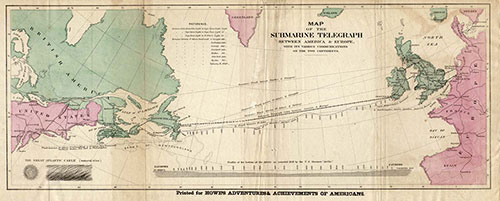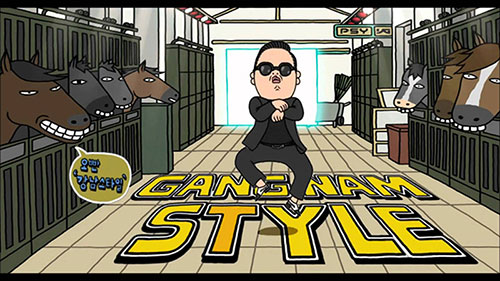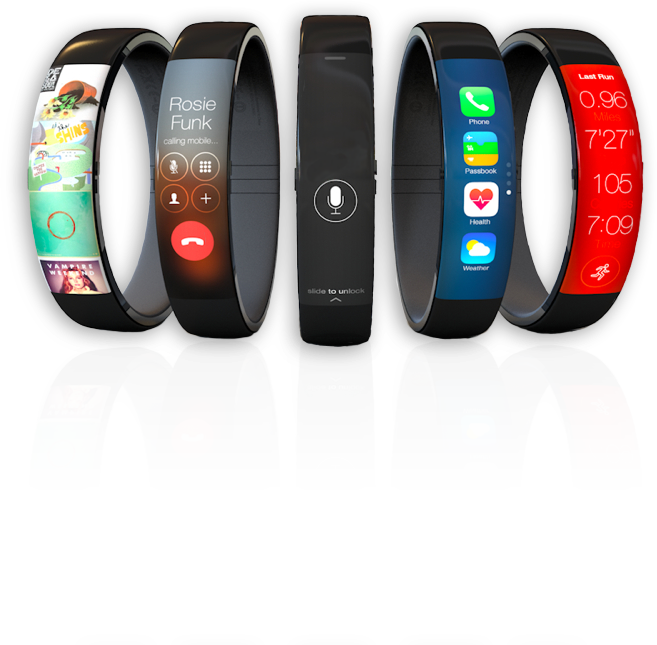
Did you know a horse's "emissions" contain almost half the CO2 of a Van's - and that's not really considering just the methane! Although a horse is considerably closer to being "carbon neutral" than a van is...
Making a trip to Edinburgh, Scotland? An average journey time for a van from London is around 7.5hrs, but riding on a stagecoach? Well that'll take a more leisurely six days!
If you were to be charged the same costs for sending tweets as telegrams, it would cost you 13p every time you tweeted. The global costs of daily tweets would be over £65,000,000 per day if sent as telegrams! That's probably why people didn't send many telegrams about what they'd just eaten for lunch or their #firstworldproblems
The Titanic is believed to have sent its last wireless message early morning on April 15th, 1912: "SOS SOS CQD CQD Titanic. We are sinking fast. Passengers are being put into boats. Titanic"
The world's first sticky postage stamp was the "penny black" and issued as far back as 1840. Its distinct black colouring and its purchase price of a penny lead to its descriptive, yet uninspiring name.
Starting the tradition still followed with modern stamps today, the Penny Black Featured the then Queen at the time, Queen Victoria.
The rare British Guiana one-cent magenta stamp recently sold for a record-busting £5.6 million! You think everyday stamps are expensive now? Think Again!
Did you know it only takes around six weeks to train to be a morse code operator?
The Welsh village of Llanfairpwllgwyngyllgogerychwyrndrobwllllantysiliogogogoch - is officially the longest place name in the UK at 58 letters long. Yet, if you tapped it out in Morse code there would be a staggering 252 dots and dashes!
The video below shows what appears to be someone talking on a mobile phone in 1928. It's still debated as to what exactly is seen, but for many it seems that history needs to be re-written!

Being able to make a call across the Atlantic was no mean feat, it took three years to lay the 1,726 miles of cable (underwater) at an estimated cost of £1,715,948,749!
In 1938, Orsen Wells broadcast his adaptation of War of the Worlds, not as a fiction, but as a genuine news broadcast. Those that listened in heard the reports of an alien emerging from a flying saucer, leading many to believe there was a real invasion under way. People went nuts, leaving towns and cities, hiding in cellars, armed themselves and even wrapped their heads in damp towels to protect themselves from Martian gas!
Marconi opened the world's first radio factory in Chelmsford in 1898 and his HQ then in 1912. From here he went on to innovate some of the most important advances in radio and TV. Planning permission to develop the area was granted in 2013, transforming Marconi's former building into housing and office space.
Those without a decent broadband connection may feel they're getting the raw end of the deal when it comes to streaming their favourite TV or film. However, if you were to try and download an episode of Breaking Bad in HD on an old 56k dial-up connection it would take almost 21 hours!
At the turn of the new Millennium only 27% of the UK's population were online; this grew massively to 70% in 2005, and is currently estimated to be 90% in 2014, compared 40% of the global population estimated today (2,925,249,355 people!).

Broadband has meant that video content is consumed at an epic rate. The World's most watched video, Gangnam Style by Psy, is the first video to gain more than 2 billion plays. That means that this four minute video has been watched for the equivalent of 15,971 years if each play was put end-to-end.
There were 13 million UK mobile phone subscriptions in 1999, totalling 10 billion call minutes. Comparing this to figures of 82.7 million subscriptions in 2013, totalling 122 billion call minutes, shows a staggering increase of over 536%. It really is good to talk!
Besides the revolution of being able to make phone calls on the go, one of the most cherished memories of early mobile phones was with the game Snake. Installed on its early handsets around 1998 (most notably the 3310), Nokia helped elevate this simple game to cult levels and effectively helped spark the idea of a mobile phone one day becoming a gaming device.
That smartphone you carry around in your pocket is more powerful than the computer used to send the first mission to the moon - a lot more powerful! It is 1,300x more powerful, and not to mention it's only .4% of the weight!
Apps have become the most important function on smart phones, which explains the sheer number of apps that are available. In July 2008 there were only 800 Apps available on iTunes, however as of June 2014 there are a staggering 1.2 million!
Telex was the original, preceding the fax machine, developed during WW2 as a secure way of sending data over long distances. Unlike Fax or email, the Telex has full 'legal status' in every country, meaning it's still widely used in banking, aviation and marine industries.
British band Radiohead had a hit single with a track called "Planet Telex". The track was rumoured to be the result of a drunken afternoon where a prone Thom Yorke improvised the lyrics and put the track down in a single take.
Believe it or not, the first video phone system was pioneered in Germany in 1936 and was given the snappy title of 'Gegensehn-Fernsprechanlagen'!
Given Germany's first steps in Video calling, perhaps it's not surprising that German Director, Fritz Lang's Metropolis was the first film to show what looks like a video phone in action.
The possibilities of wearable tech are huge. From Google glass and smart watches, to electronic nappies that tell parents when they need changing, and more perplexingly 'hug simulation jackets' for when you need to feel loved - weird eh?
Wearable tech isn't all just about checking your emails on your watch or glasses, there's a growing trend in 'telehealth' devices - wearable tech designed to improve our health. At the moment this tech looks to monitor our vitals (blood pressure, heart rate etc), it's predicted that by 2020 this will lead to a 15% reduction in visits to A&E and a massive 45% drop in mortality rates.


